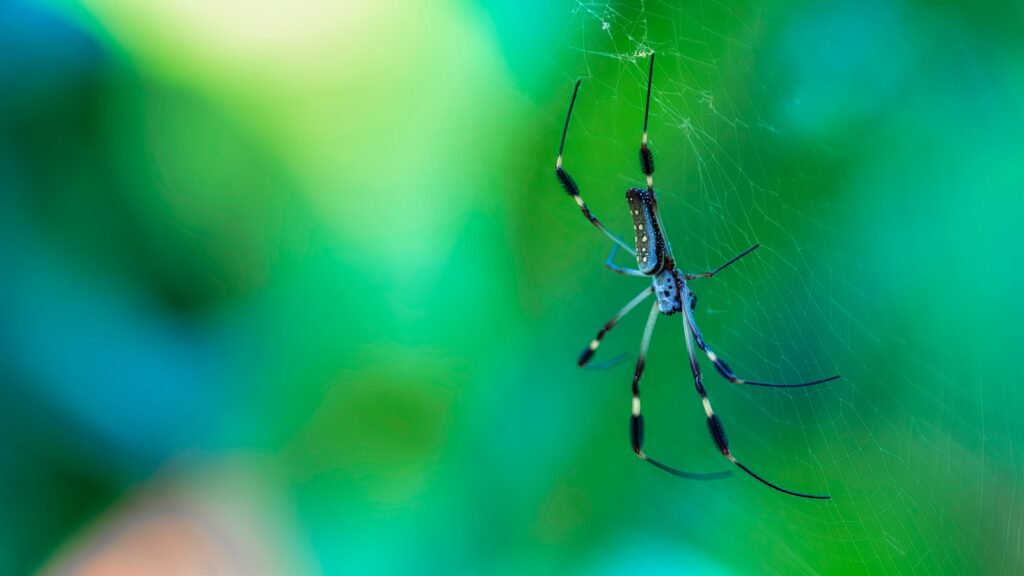
The sight of a large spider scuttling across the living room floor is enough to make many people jump onto furniture in panic. This visceral fear often stems from the widespread belief that bigger spiders equal deadlier spiders—a notion reinforced by sensationalist media and horror films. But is there any scientific truth to the idea that all large arachnids pose a serious threat to humans? This deep-seated arachnophobia has perpetuated numerous misconceptions about these eight-legged creatures. In reality, the relationship between a spider’s size and its venom potency is far more complex and nuanced than popular culture would have us believe. Let’s untangle this web of misinformation and explore what science actually tells us about spiders, their venom, and the real risks they may—or may not—pose to humans.
Understanding Spider Venom Basics
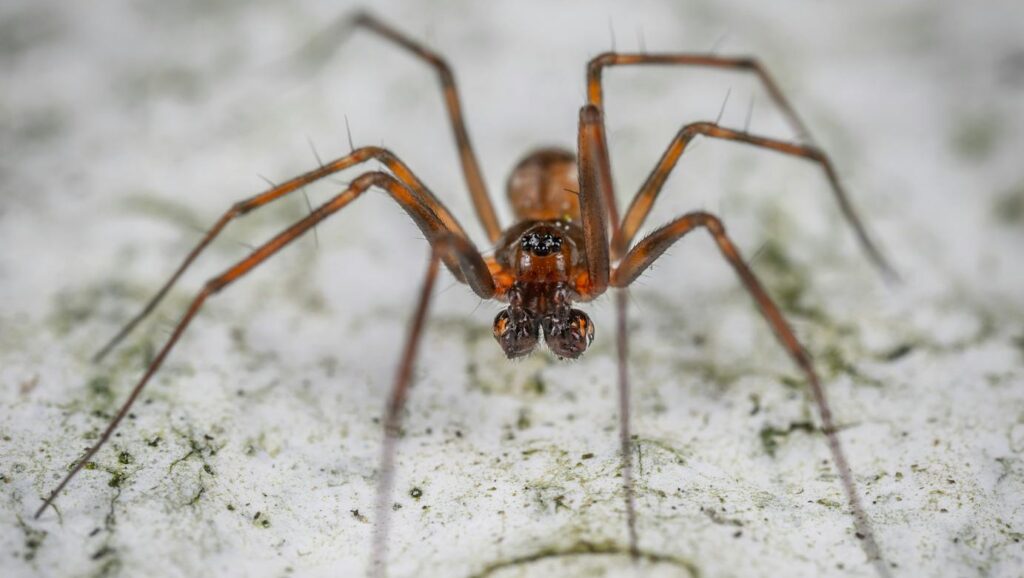
Spider venom is fundamentally a tool for hunting rather than a defense mechanism against humans. Almost all spiders produce venom through specialized glands, which they use primarily to immobilize and digest their prey. The composition of this venom varies tremendously across different spider families and species, with each cocktail specially adapted to target the specific nervous systems of their preferred prey. Some venoms are designed to quickly paralyze insects, while others slowly liquefy tissue to aid in digestion. Importantly, the evolutionary purpose of spider venom has nothing to do with harming humans—we simply aren’t on the menu for these small predators. This biological reality is the first clue that size alone cannot indicate how dangerous a spider might be to people.
The Size-Venom Misconception
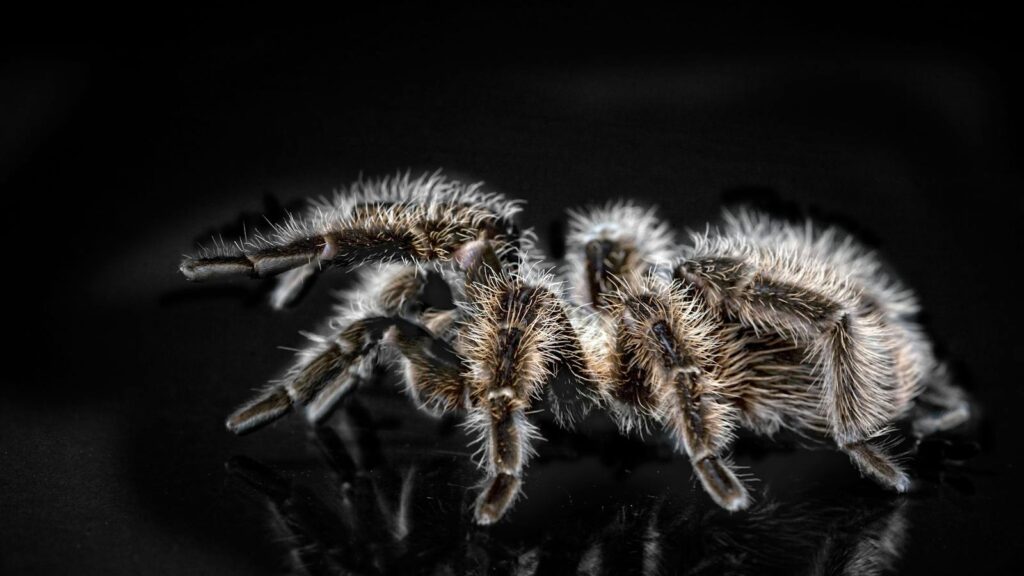
The belief that larger spiders are inherently more venomous represents a fundamental misunderstanding of arachnid biology. In reality, there is no direct correlation between a spider’s size and the potency of its venom. Some of the world’s most medically significant spider species are actually quite small—the female redback spider, for instance, has a body length of only about 1 centimeter, yet possesses venom that can cause serious illness in humans. Conversely, many impressively large spiders, such as the Huntsman spider with its 15-centimeter leg span, possess venom that’s virtually harmless to humans despite their intimidating appearance. This disconnect between size and danger is consistent throughout the spider world, with venom potency varying based on evolutionary pressures rather than body mass.
Gentle Giants: Large Non-Dangerous Spiders
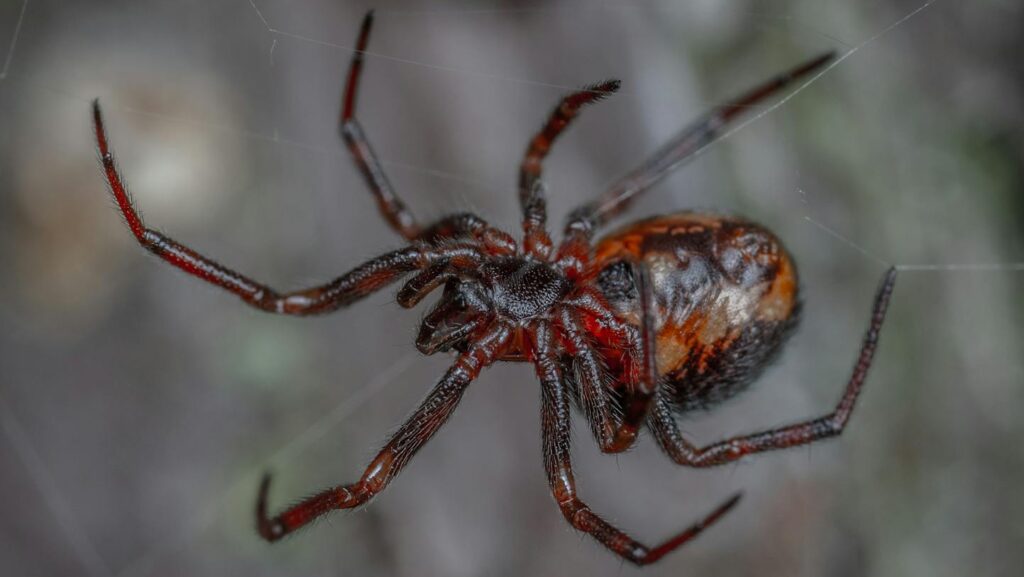
Many of the world’s largest spider species are remarkably gentle despite their fearsome appearance. The Goliath birdeater, which holds the title of world’s largest spider by mass and can reach leg spans of up to 11 inches, possesses venom that causes only mild, localized pain in humans—comparable to a bee sting. Similarly, tarantulas, despite their prominent portrayal as deadly creatures in films, rarely pose any serious medical threat to humans. Most species in the tarantula family have relatively weak venom that causes minor discomfort at worst. These gentle giants rely more on their impressive size and urticating (irritating) hairs for defense rather than venom potency. Their forbidding appearance has unfortunately given them an undeserved reputation for danger that science simply doesn’t support.
Small But Mighty: Tiny Spiders with Potent Venom

Some of the most medically significant spiders are relatively small and unassuming in appearance. The Brazilian wandering spider, considered among the most venomous spiders globally, has a modest leg span of up to 6 inches—large, but far from the largest spider species. The black widow, another notoriously venomous spider, measures just 1.5 inches in leg span, with a body often smaller than a pencil eraser. The brown recluse, responsible for nasty necrotic wounds, is even smaller at just half an inch in body length. These examples clearly demonstrate that smaller spiders can pack a much more dangerous punch than their larger counterparts. The potency of venom has evolved as a function of each species’ hunting strategy and ecological niche rather than as a correlation to physical size.
The Evolution of Spider Venom

Spider venom has evolved over millions of years as a specialized tool for hunting and self-defense against natural predators, not humans. Different spider families have developed unique venom compositions based on their evolutionary history and ecological pressures. Spiders that hunt active prey typically possess neurotoxic venoms that quickly immobilize victims, while those that trap prey in webs may have slower-acting venoms that begin the digestive process. The potency of a spider’s venom to humans is essentially an evolutionary accident—our sensitivity to certain spider toxins is incidental rather than targeted. This explains why venoms that can severely affect humans often come from spiders that never evolved to interact with us at all. Size played no role in this evolutionary process beyond helping define the spider’s hunting strategy.
Why We Fear Large Spiders
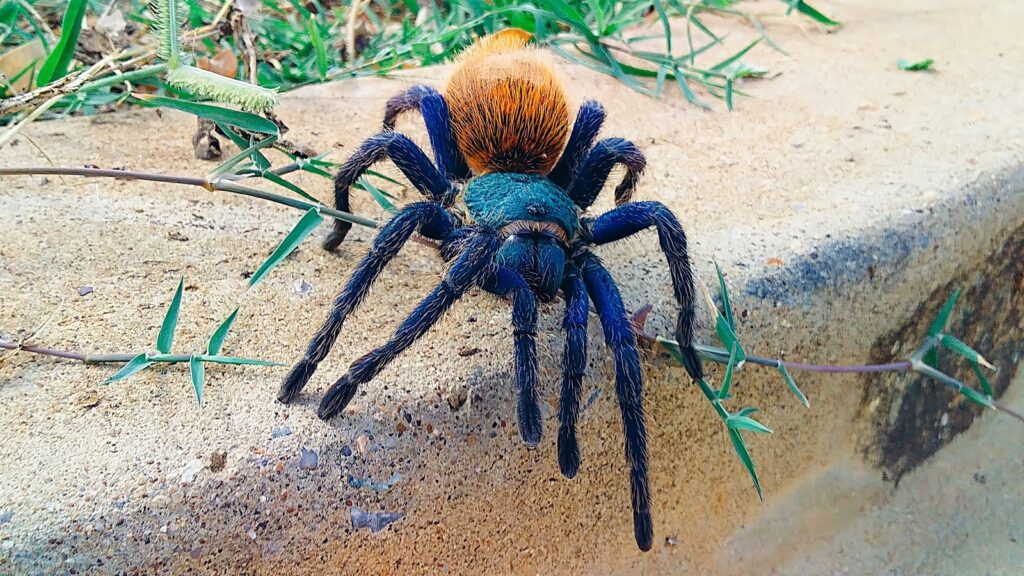
Human fear of large spiders appears to be partly innate and partly cultural, with psychological research suggesting we may have an evolutionary predisposition to notice and avoid spider-like shapes. This inherent wariness made sense for our ancestors, as quickly identifying potential threats could be lifesaving. Modern media has dramatically amplified this natural caution by consistently portraying spiders—especially large ones—as deadly killers in films, television, and literature. The visual impact of a large spider triggers stronger fear responses than smaller specimens, regardless of actual danger levels. This psychological reaction creates a persistent association between spider size and perceived threat that proves difficult to overcome with facts alone. The irony is that our intense fear is often directed at the least dangerous species simply because they’re more noticeable.
Medically Significant Spider Species Worldwide
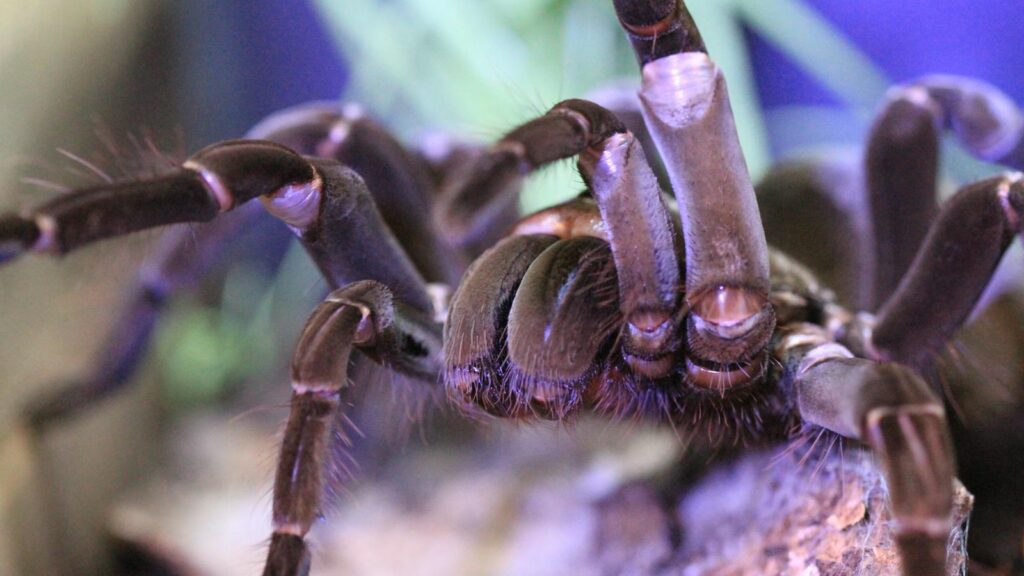
Among the approximately 50,000 known spider species worldwide, only about 25 have venom capable of causing significant medical issues in humans. The most notorious include the widow spiders (including black widows), recluse spiders (including brown recluse), Australian funnel-web spiders, and Brazilian wandering spiders. None of these species rank among the largest spiders in the world, yet they account for virtually all serious spider envenomations globally. The Sydney funnel-web spider, considered Australia’s most dangerous spider, measures just 1-5 cm in body length. Meanwhile, the world’s largest spiders—the Goliath birdeater, giant huntsman, and various tarantula species—are responsible for virtually zero medically significant bites despite their intimidating size. This pattern holds true across different geographic regions and spider families.
Tarantulas: The Misunderstood Giants
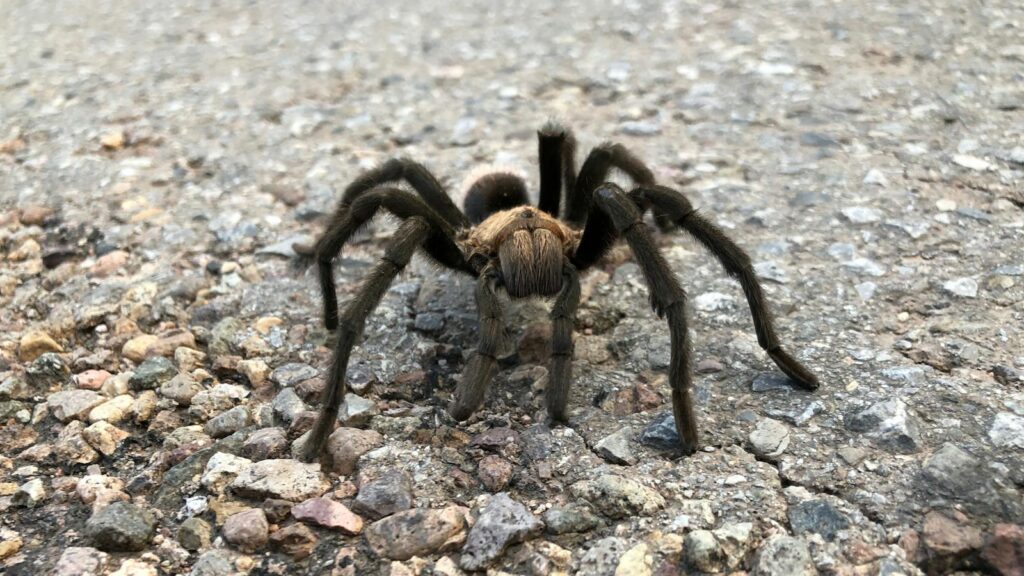
Tarantulas represent perhaps the most dramatic example of the disconnect between size and danger in the spider world. These massive, hairy spiders are commonly used in horror films to evoke fear, yet the venom of most tarantula species poses little threat to humans beyond localized pain and swelling. Old World tarantulas (from Africa, Asia, and Europe) typically have more potent venom than their New World counterparts (from the Americas), but even these rarely cause medically significant symptoms. The primary defense mechanism for many tarantula species isn’t their venom but rather specialized urticating hairs they can kick off their abdomens, which cause skin and respiratory irritation. Tarantula bites are extraordinarily rare, as these spiders typically attempt to retreat or display threat postures rather than bite when disturbed, preferring to save their venom for actual prey.
Medical Reality vs. Public Perception

The medical reality of spider bites stands in stark contrast to public perception about their frequency and severity. Emergency departments regularly report patients self-diagnosing “spider bites” that are actually bacterial infections, allergic reactions, or other skin conditions. When genuine spider bites do occur, they’re rarely from the species people fear most. Statistical analysis shows that deaths from spider bites are exceedingly rare—less than 5 per decade in the United States, compared to around 100 annual deaths from bee and wasp stings. Even in Australia, home to numerous venomous species, no confirmed spider-bite fatalities have occurred since the introduction of antivenom in the 1980s. The disconnect between actual risk and perceived danger continues to fuel unnecessary fear, particularly directed at larger, more visible spider species that pose minimal threat.
Identifying Truly Dangerous Spiders
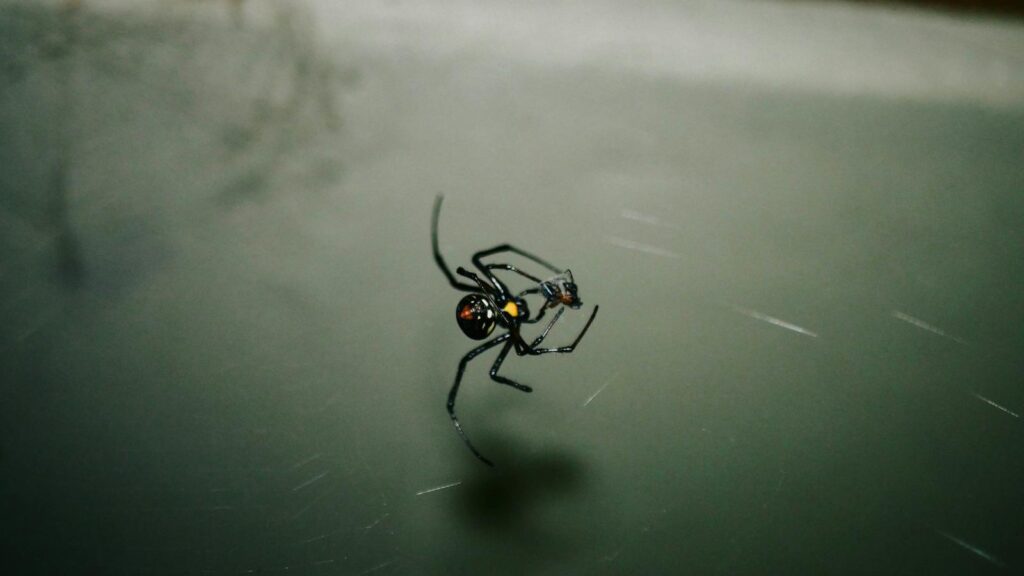
Learning to identify the few genuinely medically significant spider species in your region is far more valuable than making assumptions based on size. In North America, the black widow is identifiable by its shiny black body and distinctive red hourglass marking on the underside of its abdomen. The brown recluse features a violin-shaped marking on its cephalothorax, though expert confirmation is often needed for positive identification. In Australia, funnel-web spiders have a distinctive shiny appearance and aggressive defensive posture when threatened. The Brazilian wandering spider has a distinctive defensive posture with raised front legs when threatened. Notice that none of these identification methods involves assessing the spider’s size—because size simply isn’t a reliable indicator of danger. Learning these specific identifying features of the few dangerous species in your region provides much better protection than general fear of large spiders.
Ecological Importance of All Spiders
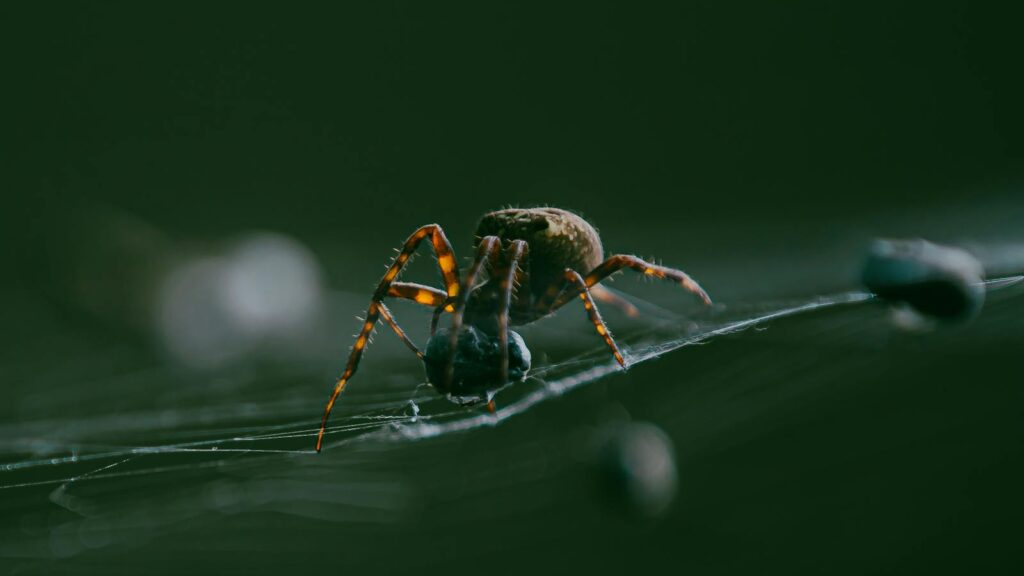
All spiders, regardless of size or venom potency, play crucial roles in their ecosystems as predators of insects and other invertebrates. A single spider can consume hundreds of insects annually, making them valuable natural pest controllers in both wild and human environments. Large spider species often specialize in controlling larger pests that smaller spiders cannot handle, creating an important niche in the ecosystem. Without spiders, many insect populations would explode, potentially leading to crop damage, disease transmission, and ecological imbalance. This ecological importance extends to the house spiders many people fear—these beneficial creatures help control indoor pest populations without posing significant risks to humans. Understanding the positive contributions of spiders can help balance our perception of them beyond unfounded fears based on size.
Practical Advice for Spider Encounters
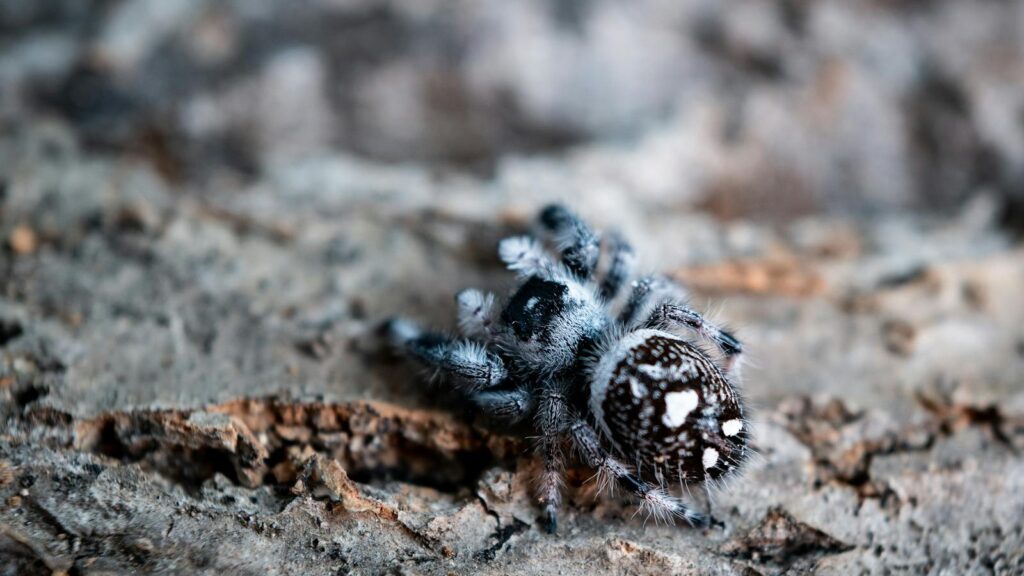
When encountering spiders of any size, the best approach is calm assessment rather than panic. Most spiders have no interest in biting humans and will only do so if feeling directly threatened or trapped. If you discover a large spider in your home, using a cup and paper to safely relocate it outdoors is generally the safest option for both you and the spider. For those in regions with medically significant species, learning to recognize the few genuinely dangerous local spiders is more valuable than fearing all large spiders. Simple preventative measures like shaking out shoes and gloves before wearing them, reducing clutter, and sealing home entry points can prevent unwanted encounters. Remember that spiders typically prefer avoiding humans whenever possible, and bites usually occur only when a spider is accidentally pressed against skin—not because they’re hunting you based on their size.
Conclusion: Separating Fact from Fiction
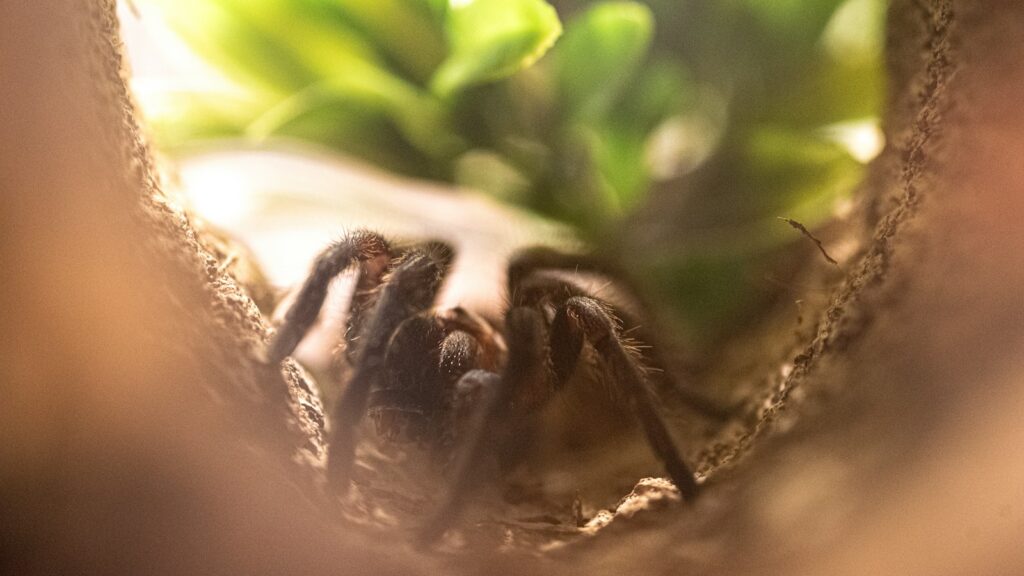
The myth that spider danger correlates with size represents a fundamental misunderstanding of arachnid biology that science clearly dispels. Throughout the world, some of the largest and most impressive spider species pose virtually no threat to humans, while certain smaller, less conspicuous species require genuine caution. This disconnect between appearance and actual danger highlights how our instinctive fears can lead us astray when not informed by scientific understanding. Rather than judging spiders by their size, we would be better served by learning to identify the few truly medically significant species in our regions and appreciating the ecological benefits that all spiders provide. By replacing fear with knowledge, we can develop a more rational relationship with these fascinating creatures that have far more reason to fear us than we do them.
